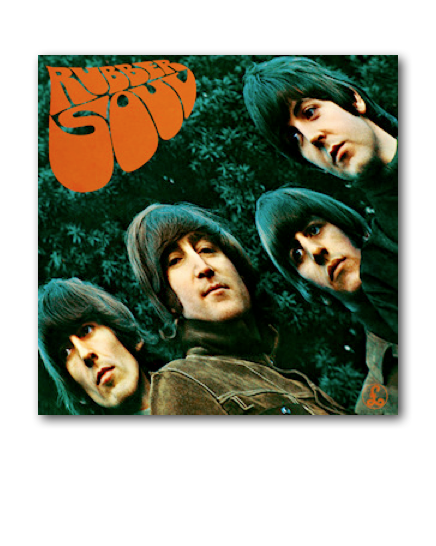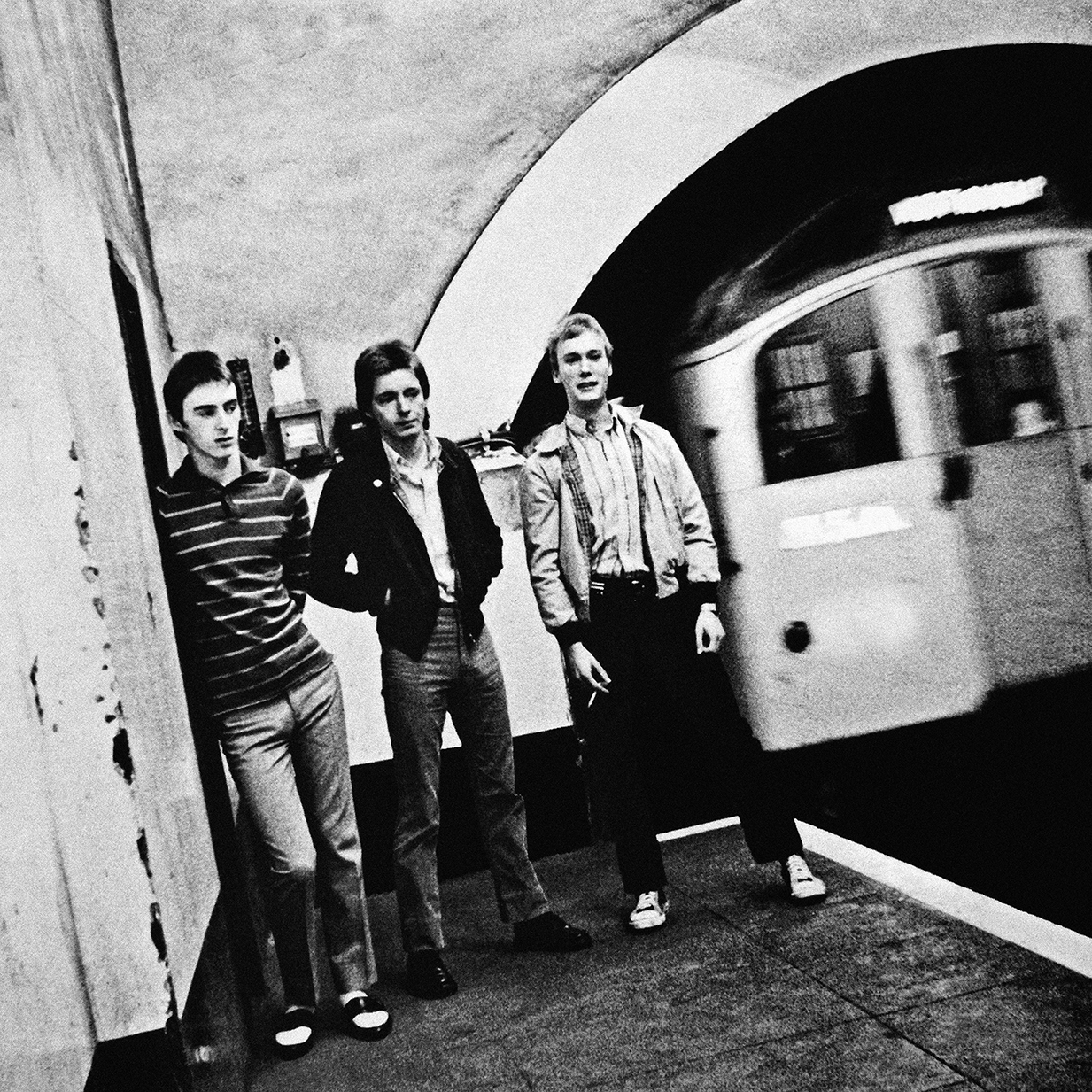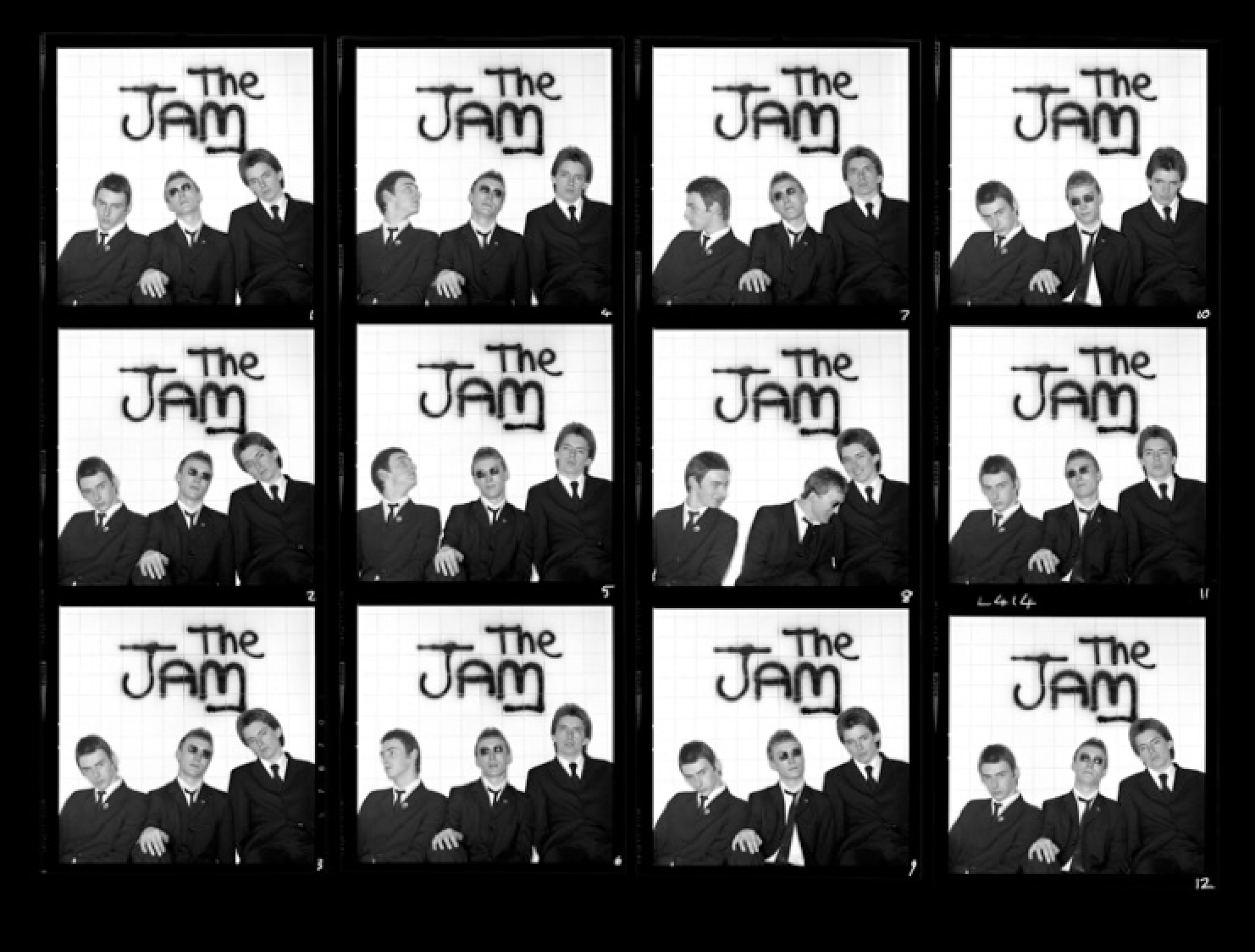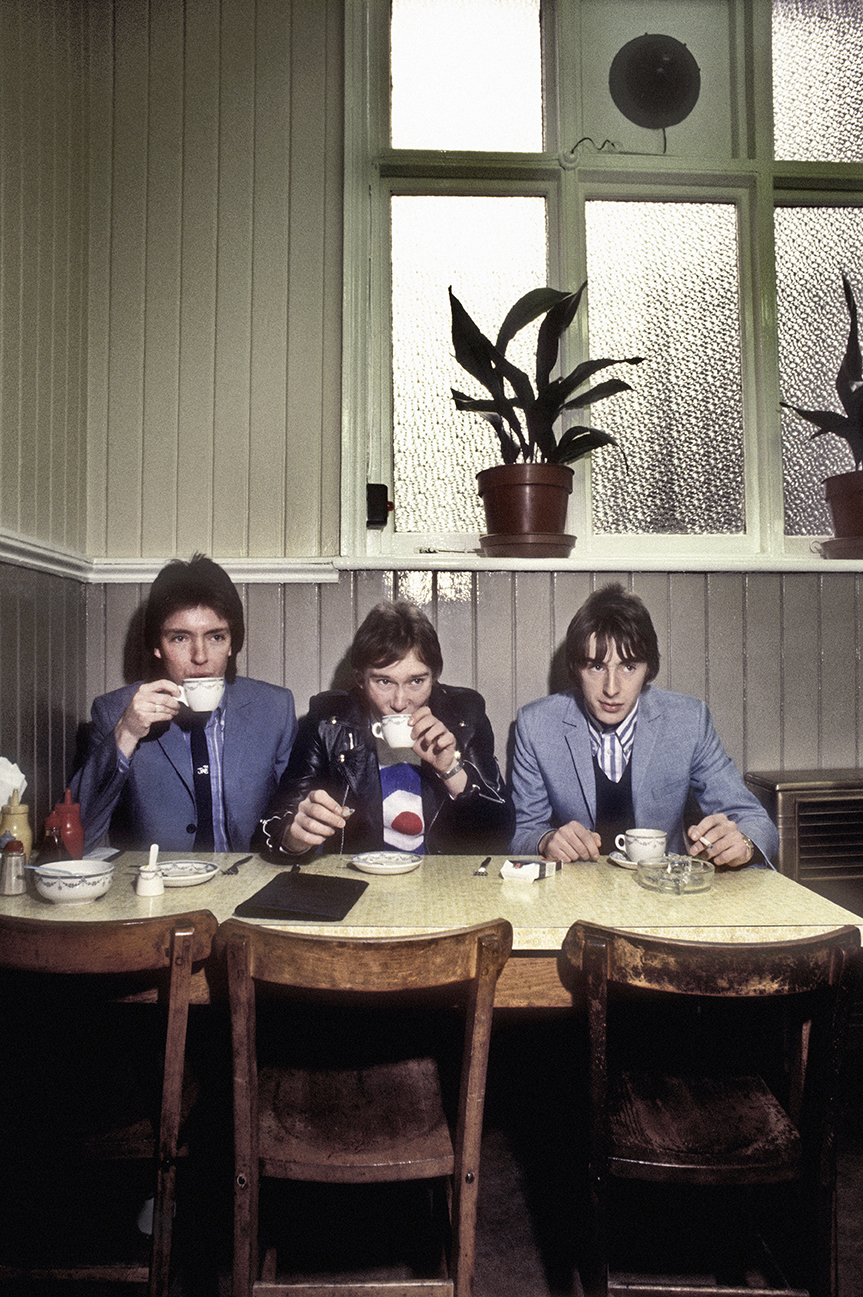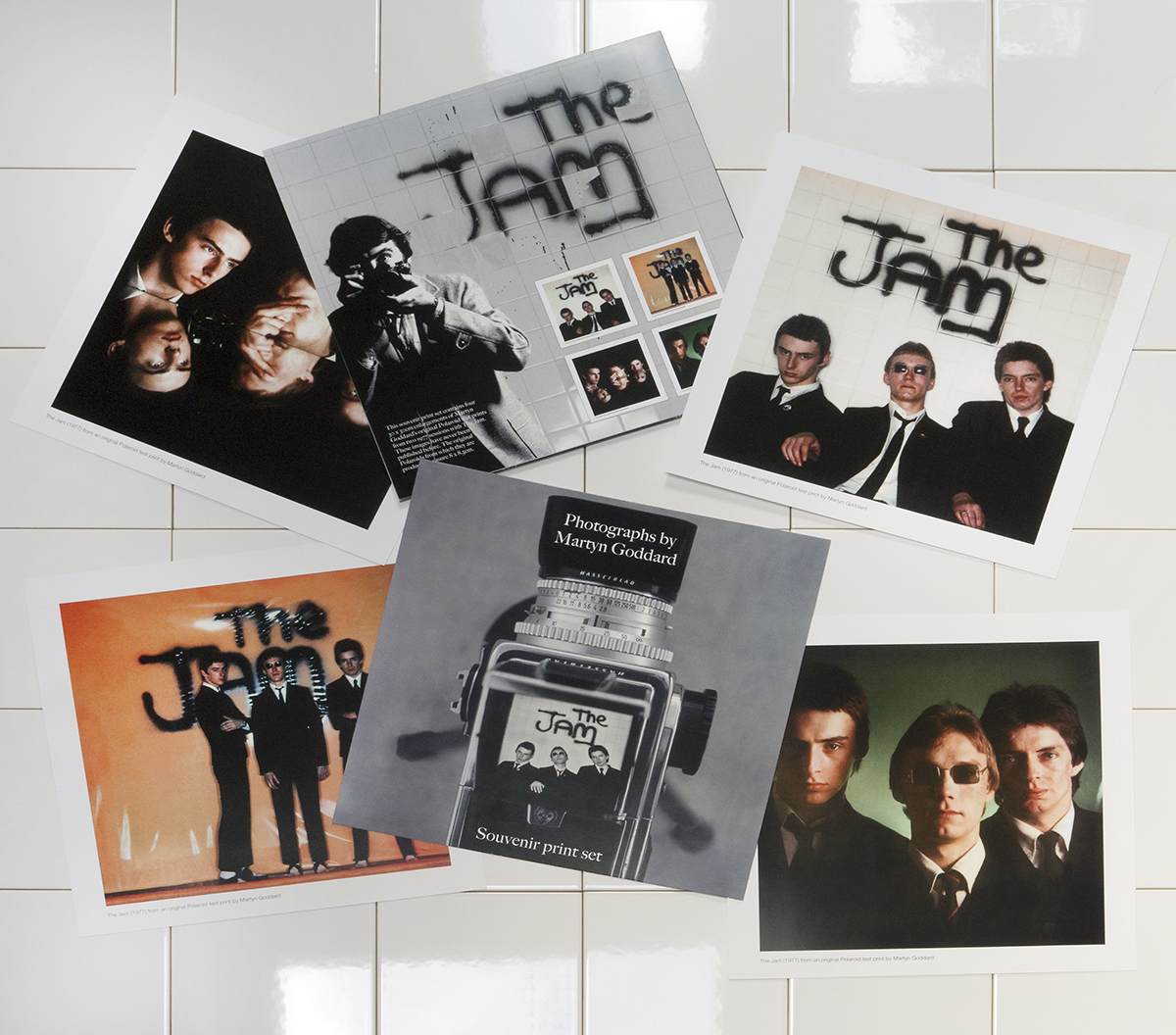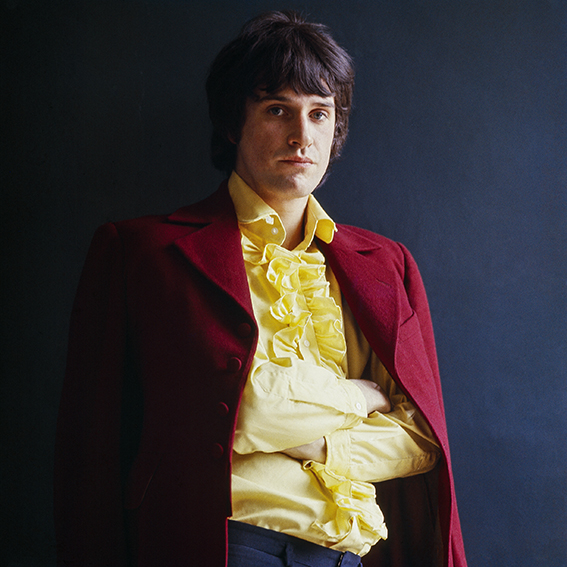A previously unpublished photograph of The Beatles (reproduced at the bottom of this news item) has been doing the rounds online for the last few weeks. The word is that this is the original image used on the cover of Rubber Soul, where, in it’s cropped, rotated and distorted form, it is one of the all time classic 1960s LP cover photographs. That’s the actual cover to the right of course.
When I first saw the newly discovered image, it struck me that it looked so unlike the final cover artwork that I found myself questioning whether it was actually the correct source image. So are they the same? Well, to try and put some science behind it, we have carried out an exercise in photoshop to see if we could get from one to the other. We’ve put this together as a step by step guide, which is here if you are interested. As you’ll see, as a result of this, we feel pretty sure that the two are the same.
Now here’s the thing that I find really interesting. Take a look again at the original full frame image down below. It isn’t actually a particularly inspiring photograph as it stands, is it? For me, it isn’t LP cover material. But the distorted, rotated and cropped image, as it appears on the cover, takes it to new heights. It came about because a piece of card slipped during the presentation when the photographer, Robert Freeman, was showing the images to the Beatles for selection purposes. That slippage caused the image to distort during the presentation. The Beatles wanted that effect – and so the cover as we know it came into being. It makes you pause to think how things could have been completely different if that hadn’t happened, and the card hadn’t slipped during the meeting. They may well have skipped past this image, shouting "next!", and Rubber Soul wouldn’t be as we know it. How crazy is that?
Rubber Soul features in our exhibition Robert Freeman: Beatles For Sale which runs until 16 March 2013. Come check it out. Amongst other things, we are delighted to be showing an ultra large format sepia toned version of the classic cover image, measuring 37 x 39 inches when framed, and one of only two examples ever made by Robert Freeman in that size.
Finally, if you are interested in reading more on the Rubber Soul back-story, check out this fascinating and meticulous blog post we stumbled across.


